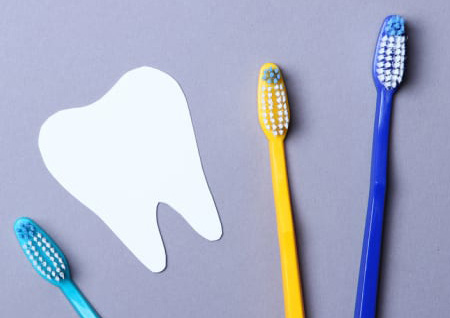
Many parents wonder when they should consider bringing their kids to see an orthodontist. Today our network of dentists and orthodontists provides you with insights and advice about what signs to watch for and how early orthodontic treatment can benefit children's health.
When should kids begin orthodontic treatment?
Every so often, we have a concerned parent ask us for advice about when they should bring their kids to see an orthodontist. This may be because they anticipate orthodontic issues coming up for their children as a result of hereditary factors, or because they are currently seeing symptoms that concern them.
Our answer is that every child is unique in terms of development, age, treatment needs and other factors. The ideal time for kids to start orthodontic treatment will depend on the specific orthodontic issue (example: misalignment of teeth and bite) and its severity.
Until recently, orthodontists wouldn’t typically treat children until they reached their adolescent years - 12 to 14 years old, once permanent teeth had erupted. This strategy often meant extractions were required to create space for other teeth to shift as they needed to during treatment.
Recently the approach to orthodontic treatment has changed and orthodontists have started to use interceptive orthodontics to begin treating children as young as 7 to 11 years old. Using this approach, orthodontic issues can be treated before the smile fully develops, helping to keep more of your child’s permanent teeth, and having a positive early impact on their oral health.
With interceptive orthodontics for children, orthodontic appliances (not strictly braces) can be used while a child still has their primary teeth. Once the child’s adult teeth come in, we can begin a second phase of orthodontic treatment.
What are the early signs of orthodontic issues?
With interceptive orthodontic treatment, your child's dentist or orthodontist can treat misalignment issues before they develop into larger problems. This can also benefit children’s health. Treatable issues include:
- Overly crowded teeth (one or both jaws would need to be expanded)
- Early removal of specific baby teeth to encourage permanent teeth to emerge correctly
- Maintaining space for permanent teeth to come in after premature loss of baby tooth
- Misaligned teeth
- Extreme tongue thrust habits
- Protrusion of front teeth
What advantages does interceptive treatment offer?
Early interceptive orthodontic treatment may have any of the following benefits:
- Crowded teeth have room to emerge
- Risk of trauma as a result of protruding front teeth is reduced
- Decreasing need for tooth extraction
- Reducing treatment length
- Reduced need for more extensive treatment later in life
Your family dentist can examine your child’s teeth to find out whether your child is a candidate for interceptive orthodontics.
Depending on the nature and severity of your child's case, your dentist may refer your family to a trusted orthodontist, or take on the treatment themselves. Treatment options will depend on your child’s needs and may include braces, a retainer, an appliance, or some combination of these.
If your child can benefit from an orthodontic intervention, your dentist or orthodontist will explain how treatment can positively impact your child’s development, then explain treatment options and answer any questions you may have.
Are you wondering if your child could benefit from an orthodontic intervention?
Speak to a dentist or orthodontist to find out whether orthodontic treatment is right for your child's smile.




